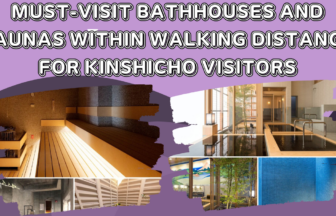There are a number of places to enjoy stunning views of Mt. Fuji, and one of the most accessible from Tokyo is Lake Kawaguchiko. Make the most of a day trip out to the area with this one-day itinerary.
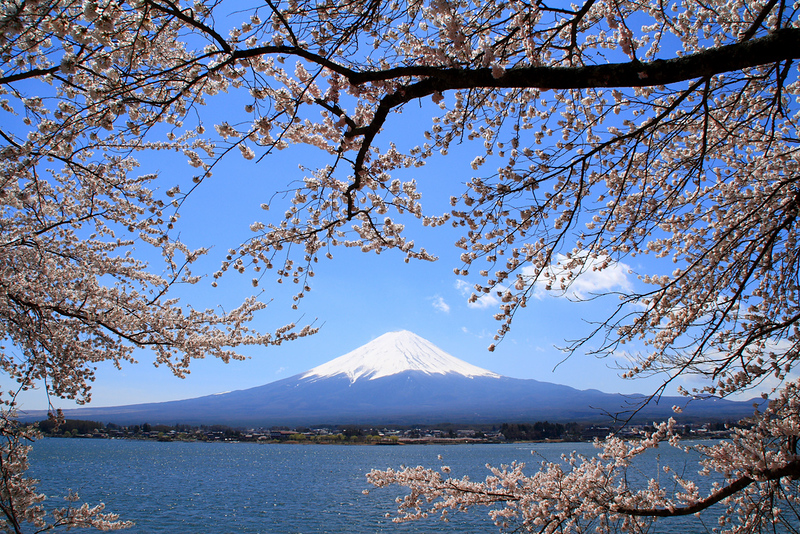
https://trulytokyo.com/a-day-trip-to-the-mt-fuji-area-lake-kawaguchiko
目次
- A Day Trip to the Mt. Fuji Area: Lake Kawaguchiko
- Notes Before You Go
- 7:45am Shinjuku Bus Terminal
- 9:30am Arrive Kawaguchiko Station
- 10:00am Mt. Kachikachi Ropeway to Tenjoyama Park
- 11:30am Lunch at Hōtō Fudō
- 12:45pm Kawaguchiko Natural Living Center
- 2:15pm Itchiku Kubota Art Museum
- 3:15pm Maple Corridor
- 3:30pm Ubuyagasaki Cape and Crossing Kawaguchiko-ohashi Bridge
- 4:15pm Tea time
- 5:30pm Kawaguchiko Station
- Tokyo District Map
A Day Trip to the Mt. Fuji Area: Lake Kawaguchiko
There are many places to enjoy stunning views of Mt. Fuji, but few are as picturesque an area as Lake Kawaguchiko. Not only is it remarkably beautiful, there’s plenty to do in the area too. Active folks will want to cycle, hike, or go fishing; while those who prefer more leisurely activities might like to explore the many museums surrounding the lake.
Our itinerary takes you on a leisurely exploration of some great sights in the Lake Kawaguchiko area – with plenty of opportunities to enjoy the view of Mt. Fuji.
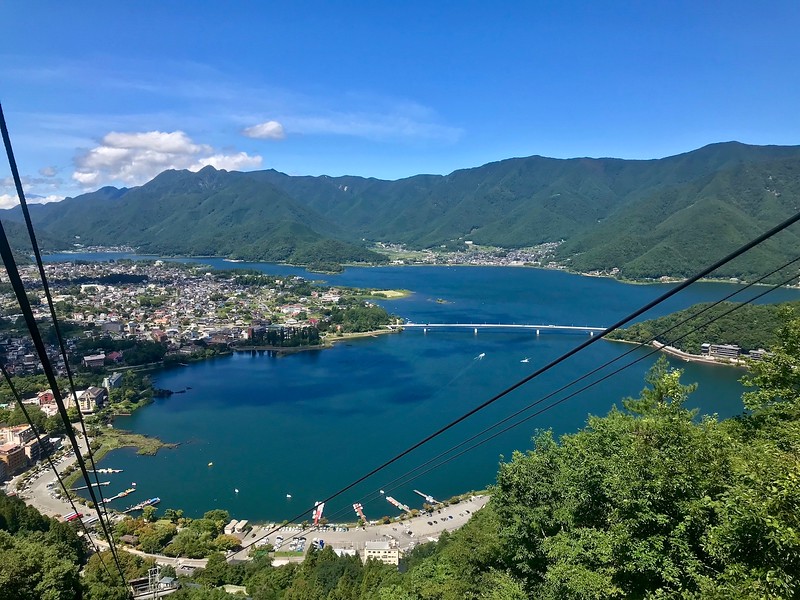
https://trulytokyo.com/a-day-trip-to-the-mt-fuji-area-lake-kawaguchiko
Notes Before You Go
One of the most economical ways to travel to and from the Mt Fuji area is by highway bus from Shinjuku Station to Kawaguchiko Station. A single journey is JPY1750 and takes approximately 1 hour 45 minutes from the Shinjuku Bus Terminal. Return or one-way tickets can be booked online on the Highway Buses Japan site. You can also buy your ticket back to Shinjuku at Kawaguchiko Station once you’re there, though you may have fewer options on the day itself.
We suggest taking an early morning bus – departing around 7:30am or so – to arrive at around 9:30am. This will give you a full day in the area.
Bear in mind that the bus journey returning to Tokyo in the evening can coincide with rush hour, depending on your timing. Traffic conditions can slow down the journey considerably and take up to 3 hours. If you’d rather get back to Tokyo faster and don’t mind paying a little extra, consider taking the train.
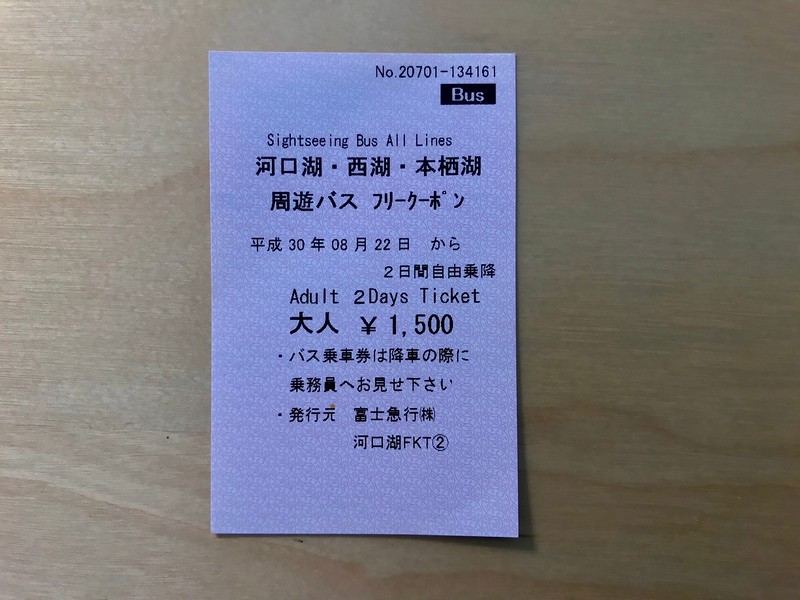
https://trulytokyo.com/a-day-trip-to-the-mt-fuji-area-lake-kawaguchiko
For getting around the Lake Kawaguchiko Area, we recommend purchasing a bus pass that gives you unlimited rides on the “Retro Bus” sightseeing bus lines. (A PDF version of the bus map can be found here and saved to your phone for easy access.) The stop numbers in this itinerary refer to the map of the Red Line in this PDF. Buses along the line operate at 15-minute intervals, so you’re never left waiting long before the next one comes along.
The pass costs just JPY1500 and is valid for two days. It’s fantastic value even if you’re not staying overnight in the area. A one-way ride from the first stop to the last stop on the Red Line, for instance, costs JPY480. On a day trip, it’s entirely possible to recoup the cost if you use it frequently enough. Just show this pass to your driver every time you alight.
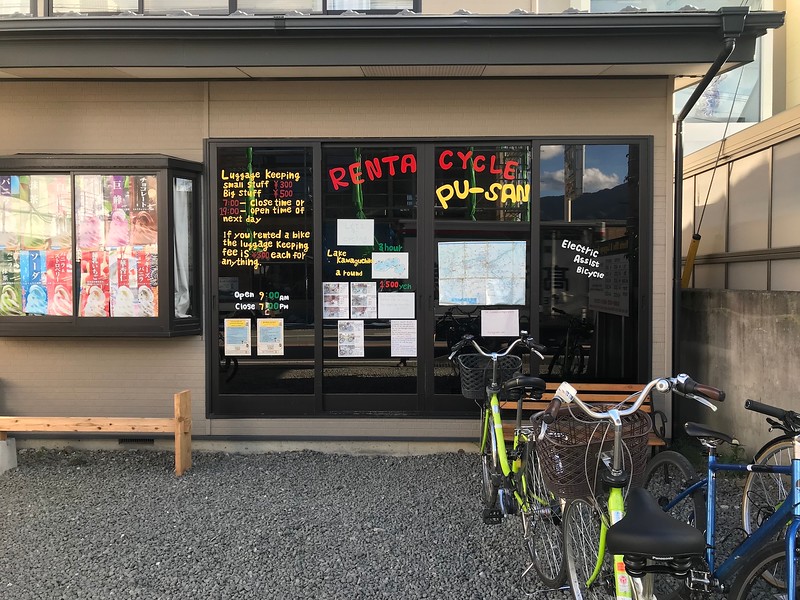
https://trulytokyo.com/a-day-trip-to-the-mt-fuji-area-lake-kawaguchiko
An alternative if you’d rather have a more active day is to rent bicycles from the shop near Kawaguchiko Station. A non-electric bicycle costs JPY1500 to rent for the day, and you could easily do this itinerary on a bike rather than taking the bus. On a clear, cool day, this might be a good choice for the more athletic traveler. There aren’t dedicated cycle paths, however, so you’ll either be on normal roads or the pavements.
Itinerary timings are approximate. Adjust them to suit your schedule. Add or subtract places from this itinerary as you prefer, but it’s generally better to enjoy a few places properly than to sprint through many places. The most important thing is to ensure that you’re back at Kawaguchiko Station in good time to catch your bus back to Shinjuku.
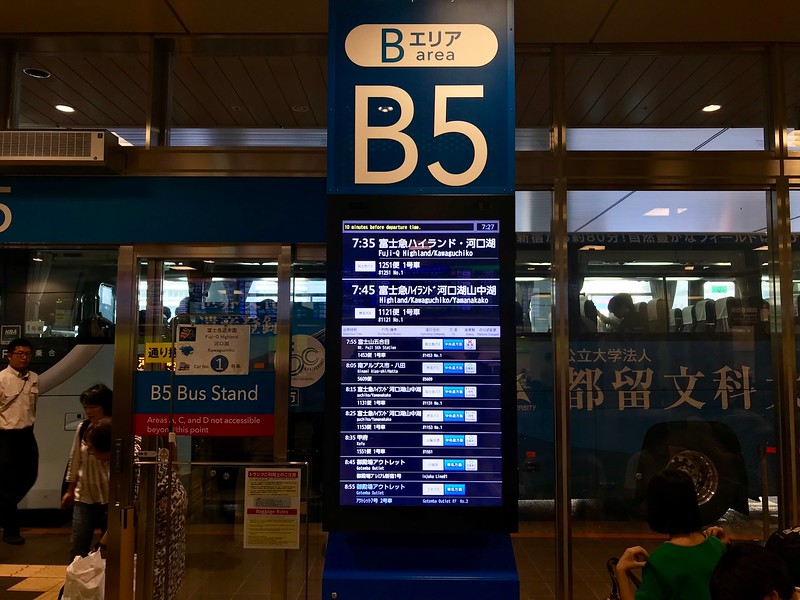
https://trulytokyo.com/a-day-trip-to-the-mt-fuji-area-lake-kawaguchiko
7:45am Shinjuku Bus Terminal
The easiest way is to find the Shinjuku Bus Terminal is to take the South Exit 南口 from JR Shinjuku Station. Once you’re outside the ticket gates, walk outside to street level.
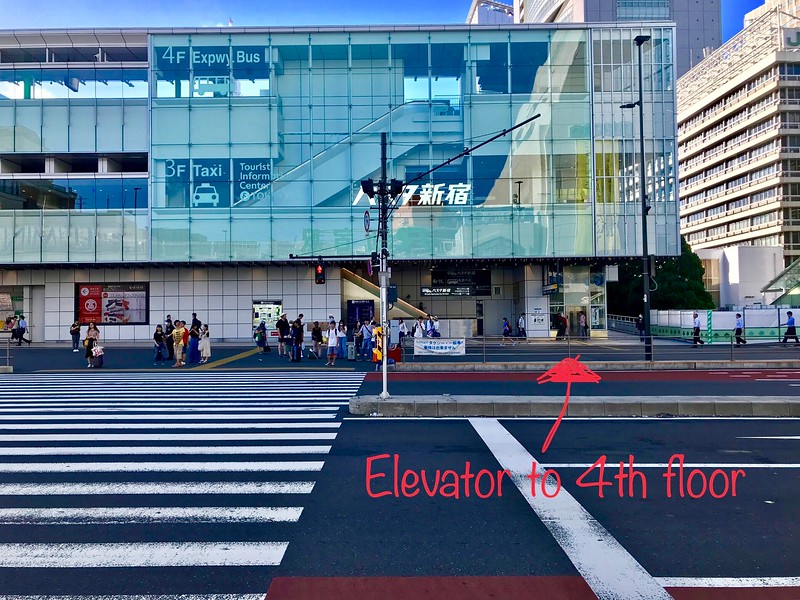
https://trulytokyo.com/a-day-trip-to-the-mt-fuji-area-lake-kawaguchiko
You’ll see a building opposite the South Exit that looks like this. Cross the road and take the elevator up to the 4th floor as indicated in the photo (or the escalators).
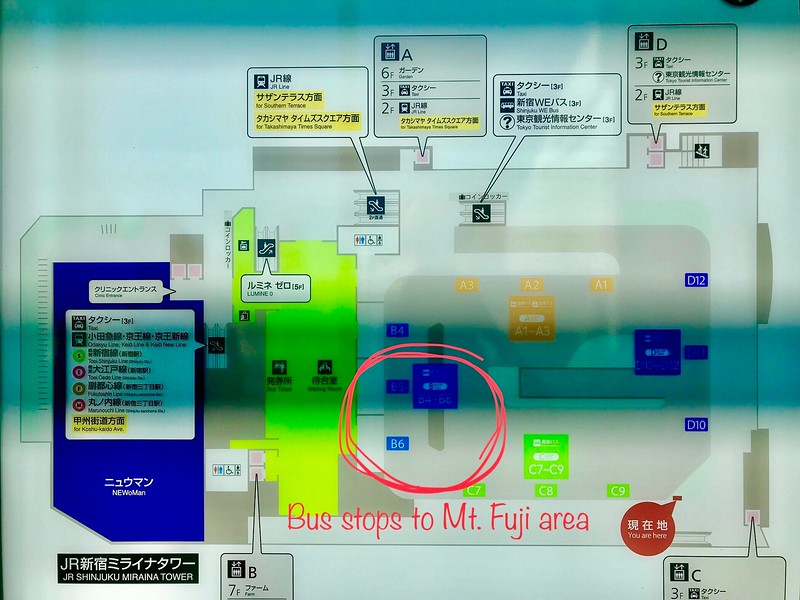
https://trulytokyo.com/a-day-trip-to-the-mt-fuji-area-lake-kawaguchiko
Once you emerge from the escalator, there’ll be a map a little to your left showing you where the various bus stops are. Buses to the Mt. Fuji area typically depart from stops B5 or B6.
Sometimes it won’t be entirely clear which bus stop it is, but just bring your ticket to the bus station attendant and check with them. For this reason, it’s best to arrive at least half an hour before your bus is due to leave to give yourself extra time for the last minute things – like an extra cup of coffee from Family Mart.
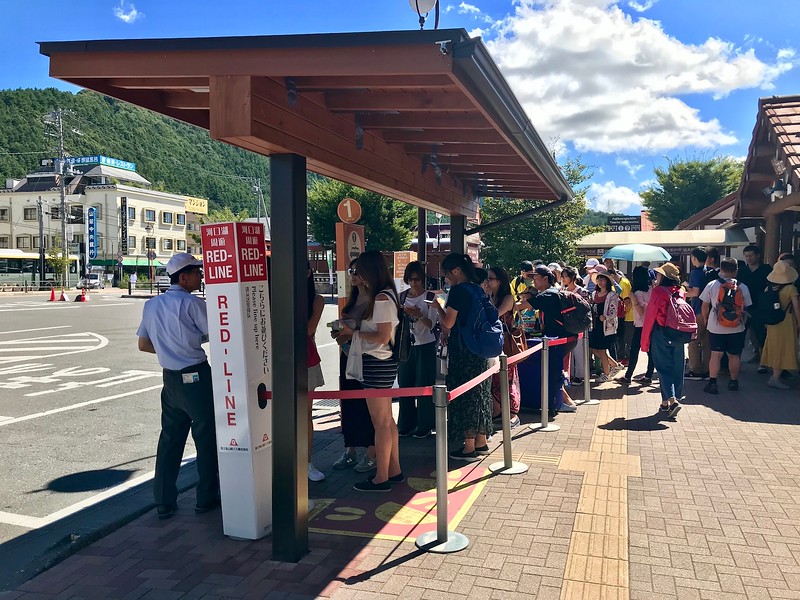
https://trulytokyo.com/a-day-trip-to-the-mt-fuji-area-lake-kawaguchiko
9:30am Arrive Kawaguchiko Station
Once you alight at Kawaguchiko Station, the first thing you should do is to pick up a bus pass. You’ll want the 2-day sightseeing pass that’s valid across all lines – whether it’s the red, green, or blue lines.
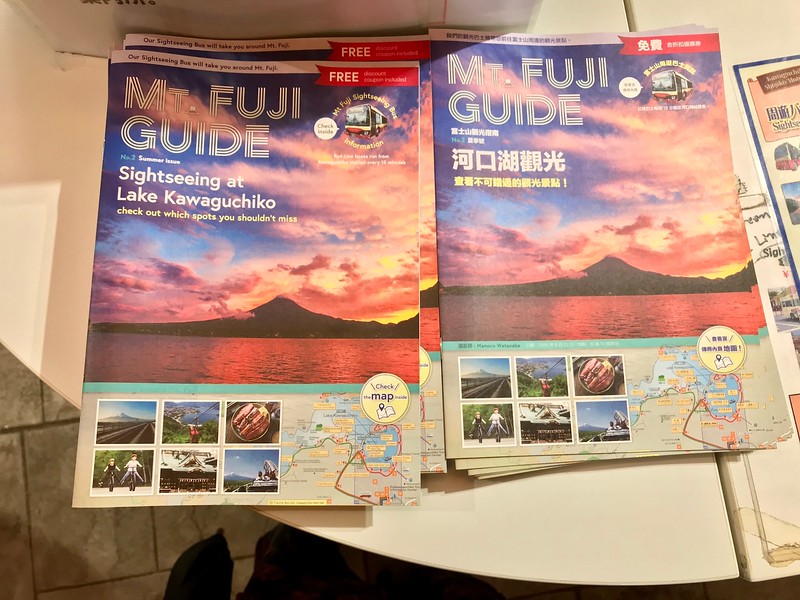
https://trulytokyo.com/a-day-trip-to-the-mt-fuji-area-lake-kawaguchiko
While optional, you could pick up a copy of this tourist booklet. There are short guides to sights and restaurants in the area, and an overall map of the area at the back of the booklet. You’ll find this at the tourist information counter.
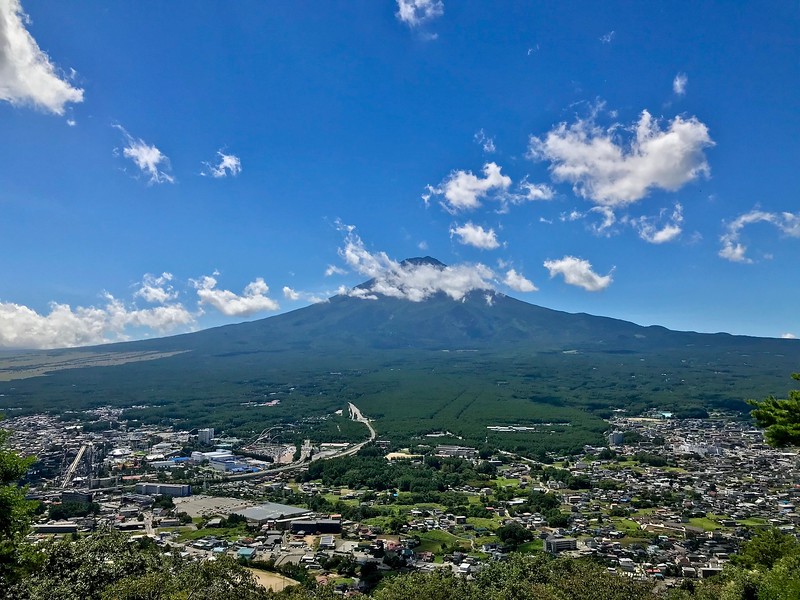
https://trulytokyo.com/a-day-trip-to-the-mt-fuji-area-lake-kawaguchiko
10:00am Mt. Kachikachi Ropeway to Tenjoyama Park
The cable car up to Tenjoyama Park, from where you’ll see a super view of Mt. Fuji, is actually about a 15-minute walk from Kawaguchiko Station. Since it’s the 11th stop on the line, riding the bus will take you on a more circuitous route. Both the bus ride and the walk are about 15 minutes. Alight at Stop 11.
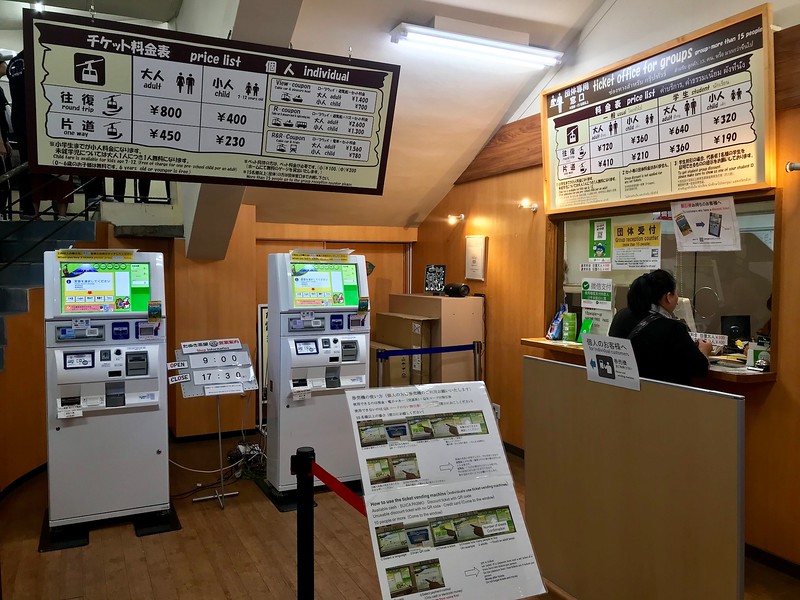
https://trulytokyo.com/a-day-trip-to-the-mt-fuji-area-lake-kawaguchiko
On busier days, there might be a long queue snaking up the staircase. Have someone else in your group wait in line while you head upstairs to buy cable car tickets at the machine – it’s a JPY800 return journey. Cable cars run every 5-10 minutes, so you shouldn’t have to wait too long. It’s a 3-minute ride to the top of Mt. Tenjoyama.
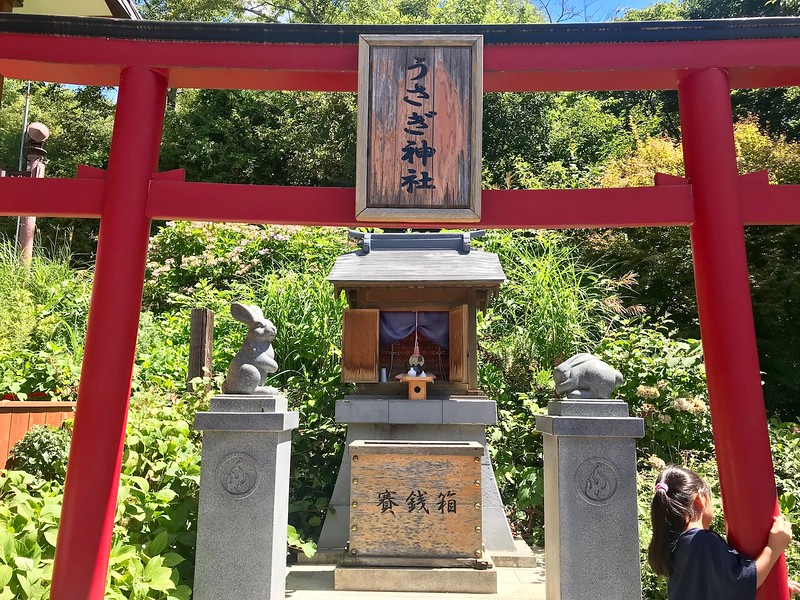
https://trulytokyo.com/a-day-trip-to-the-mt-fuji-area-lake-kawaguchiko
On a clear day, the view from the observatory deck is pretty impressive – even if the top of Mt. Fuji happens to be obscured by a passing cloud.
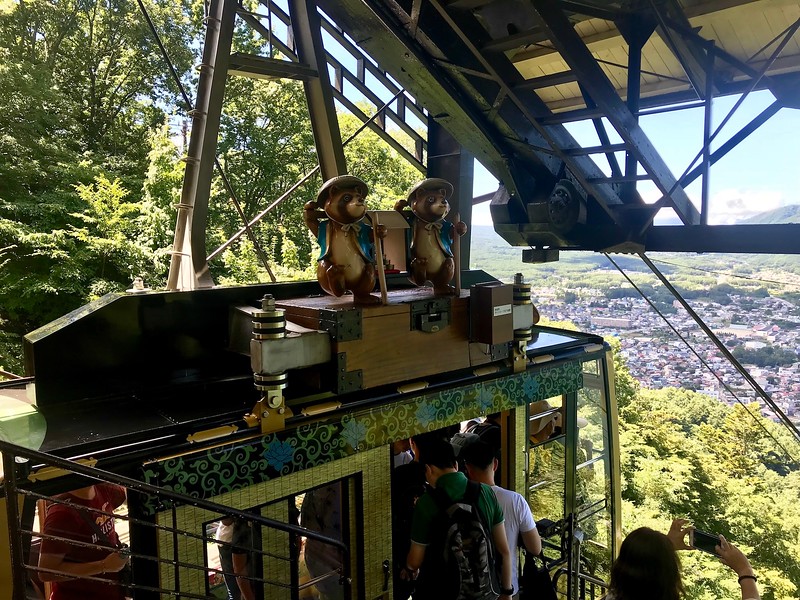
https://trulytokyo.com/a-day-trip-to-the-mt-fuji-area-lake-kawaguchiko
Take a few minutes to poke around the kitschy rabbit and tanuki-themed shrines and souvenir shop before heading back down. For the energetic, there’s a gentle 40-minute hiking trail leading down from the top of the mountain, which is particularly pleasant in cooler weather.
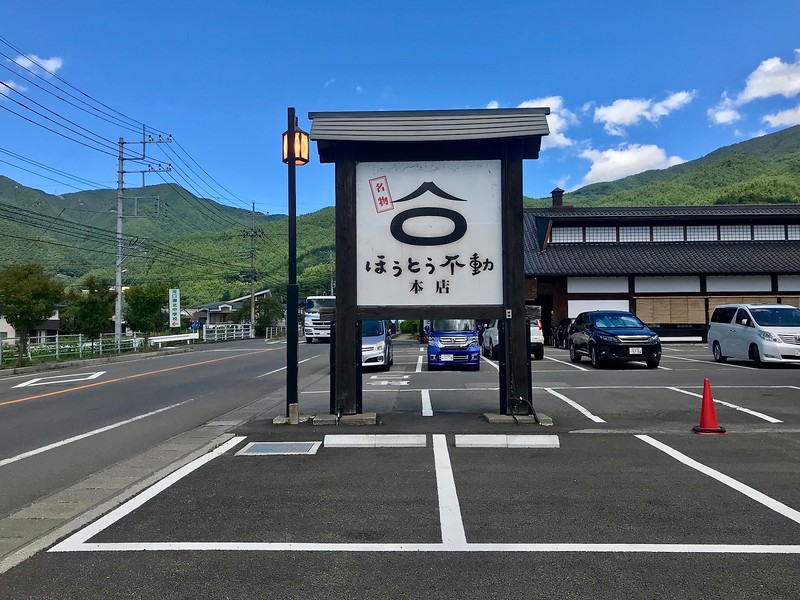
11:30am Lunch at Hōtō Fudō
Once you’re done with the pretty views, take the cable car back down and return to Stop 11. Take the bus to Stop 17, which is outside the Music Forest Museum.
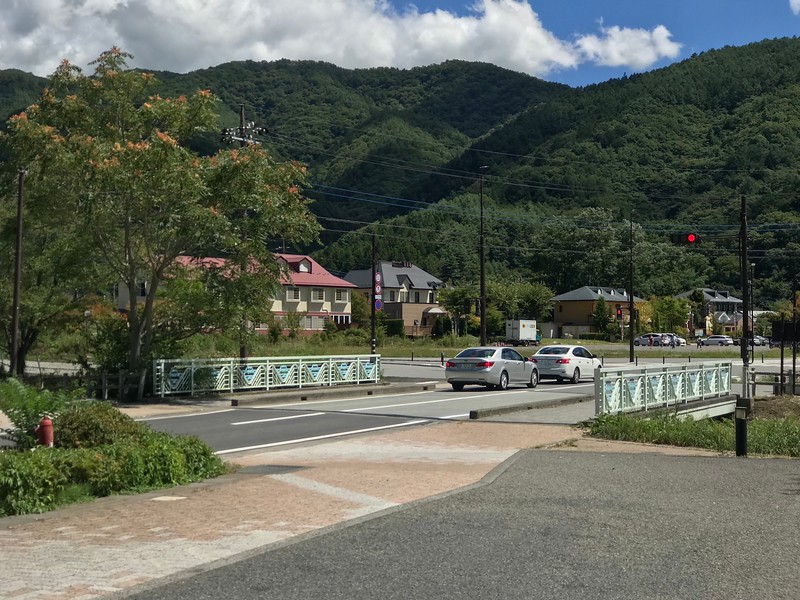
https://trulytokyo.com/a-day-trip-to-the-mt-fuji-area-lake-kawaguchiko
Cross the road and head towards the nearest intersection as pictured above. Cross the road and take the small path running parallel to the main road. You’ll pass through some fields and a few standalone houses. Hōtō Fudō is the large restaurant across the road at the end of the path.
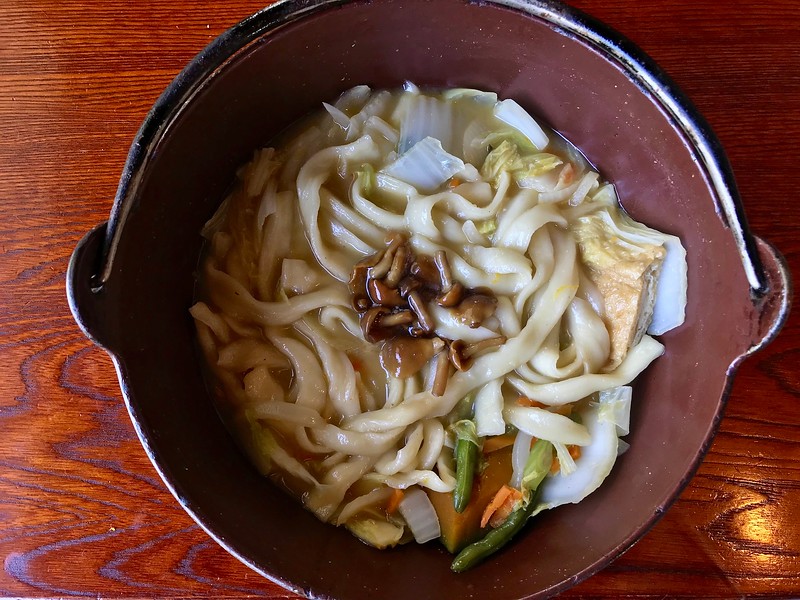
https://trulytokyo.com/a-day-trip-to-the-mt-fuji-area-lake-kawaguchiko
You’ll be eating Hōtō noodles here. There’s almost nothing else on the menu, save for some decent simmered intestines, inarizushi (rice in tofu pockets), and Japanese pickles. These noodles are a local Yamanashi specialty, consisting of thick, chewy wheat noodles (texturally rather like rustic dumplings, or knife-cut Chinese noodles) and simmered seasonal vegetables in a rich miso-based broth. Don’t forget to stir in some shichimi chili powder.
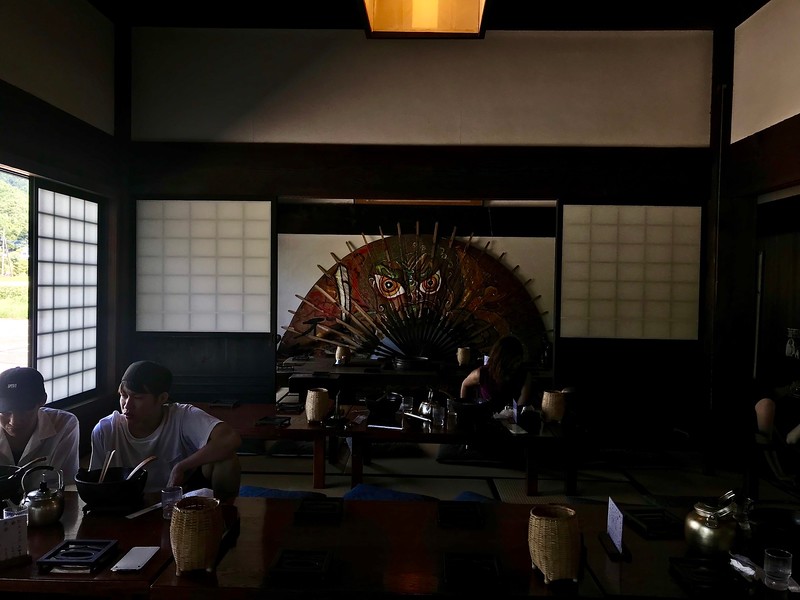
Diners have the option of tatami mat or table seating. We suggest asking for seats by the window – the cool breeze blowing in makes the hot noodles go down a treat.
If you’re not keen on wheat noodles for lunch, skip this and head straight to the next stop. There’s a cafe at the Kawaguchiko Natural Living Center with curry rice options.

https://trulytokyo.com/a-day-trip-to-the-mt-fuji-area-lake-kawaguchiko
12:45pm Kawaguchiko Natural Living Center
Walk back to Stop 17. It’s a short 10-minute ride to the end of the line – the Kawaguchiko Natural Living Center.
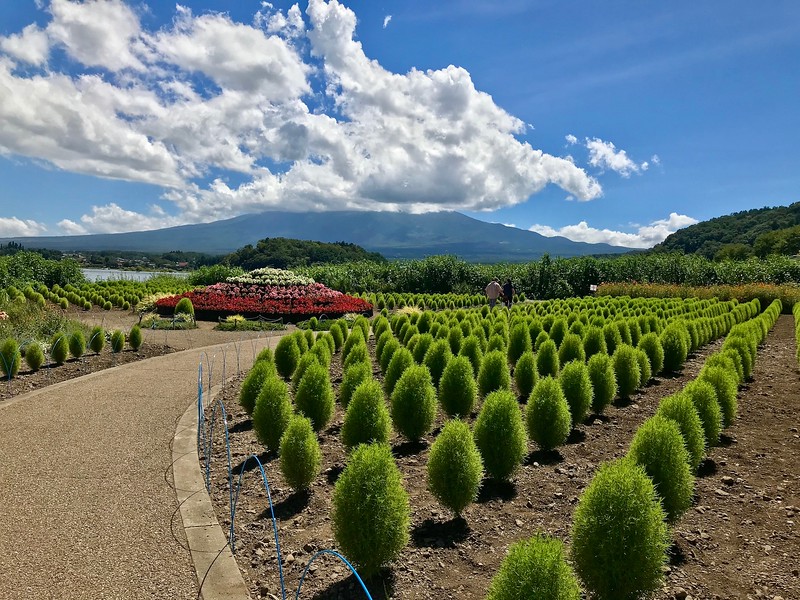
https://trulytokyo.com/a-day-trip-to-the-mt-fuji-area-lake-kawaguchiko
Skip the souvenir shop and walk around the flower gardens – you’ll see all kinds of blooms across the seasons, from lavender and hydrangeas to bellflowers and roses.
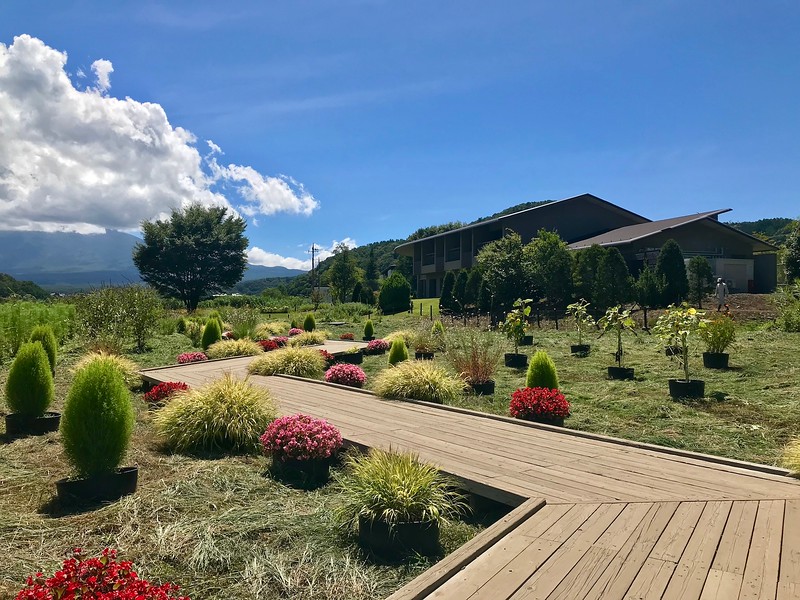
https://trulytokyo.com/a-day-trip-to-the-mt-fuji-area-lake-kawaguchiko
It’s a heavily manicured garden, with plants in overly-neat, fussy rows. Still, it’s quite picturesque if you enjoy this style of garden. Plus, there’s a magnificent view of Mt. Fuji with the lake in the foreground. Have an ice cream. Take some time to enjoy the surroundings.
During the summer, you can also sign up for a fruit picking session. This will vary with the weeks, but options might include cherries, blueberries, and cherry tomatoes. While the fruit farms aren’t located on the grounds of the center, the staff provide free transport to and from the farms after you sign up for a session (approximately 40 minutes of picking and eating). If you decide to include this in your itinerary, budget around an hour to an hour and a half spent at the center.

https://trulytokyo.com/a-day-trip-to-the-mt-fuji-area-lake-kawaguchiko
2:15pm Itchiku Kubota Art Museum
Hop back on the bus, this time heading back towards Kawaguchiko Station. Alight at Stop 19 for the Itchiku Kubota Art Museum.
Even if you’re not a huge fan of art museums, this one is worth visiting for the natural space it’s in. The doorway to the museum looks like the entrance to hidden ancient ruins of some kind. Walk through and you’ll find a gorgeous little waterfall with benches at the side. It’s a wonderful place to lie down on a bench and nap – or stare at the shifting sunlight in the maple boughs above.
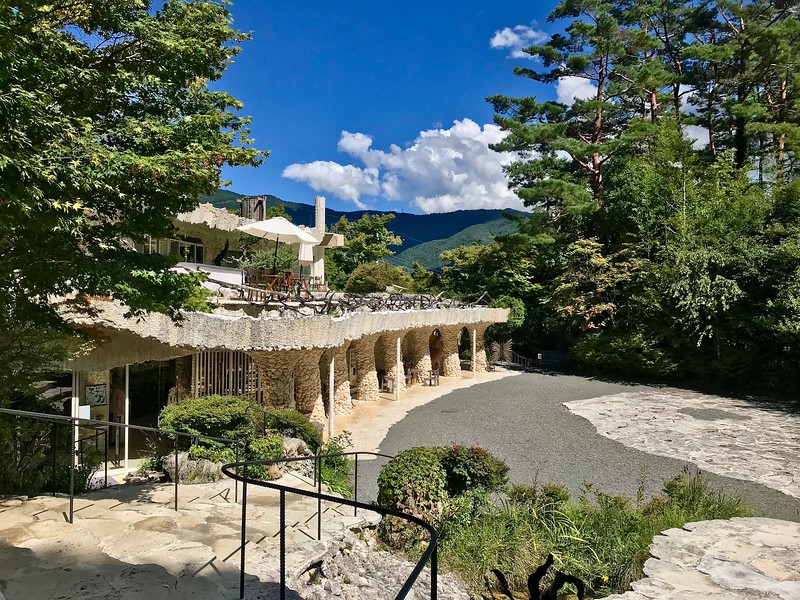
https://trulytokyo.com/a-day-trip-to-the-mt-fuji-area-lake-kawaguchiko
Entrance to the museum proper is JPY1,300 per person. The buildings are made of Okinawan corals and limestones, and they’re almost more interesting than the objects they house – an eclectic collection of primitive art and Itchiku Kubota’s beautiful tie-dyed painted silk kimono. With one exception, photography inside the museum is not allowed.
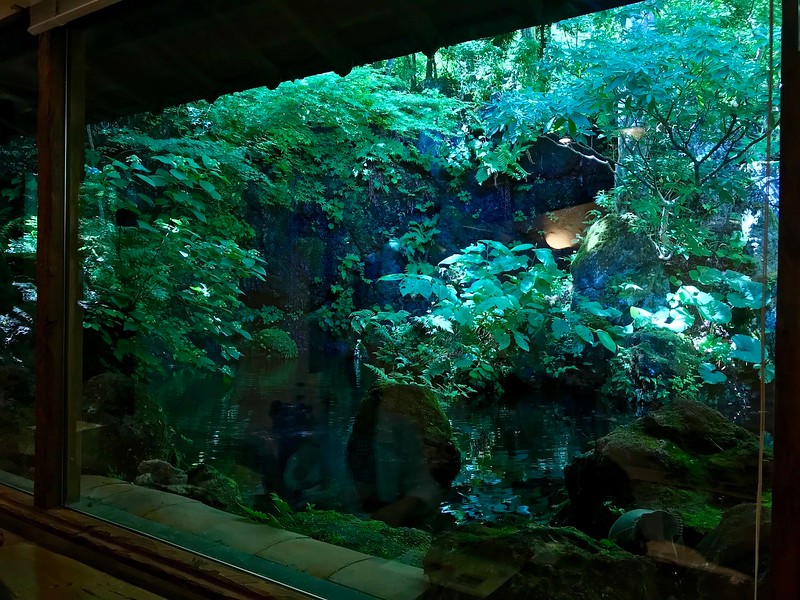
https://trulytokyo.com/a-day-trip-to-the-mt-fuji-area-lake-kawaguchiko
The tea room on the second floor of the main museum building is worth spending some time in. This looks out into a small waterfall and pond in an overgrown grove. The view is even prettier in the autumn when the fall colours are out. It’s a lovely place to enjoy a cup of tea and some sweets; and photography is allowed here. When there are few visitors around, the staff won’t mind if you take a seat to enjoy the view.
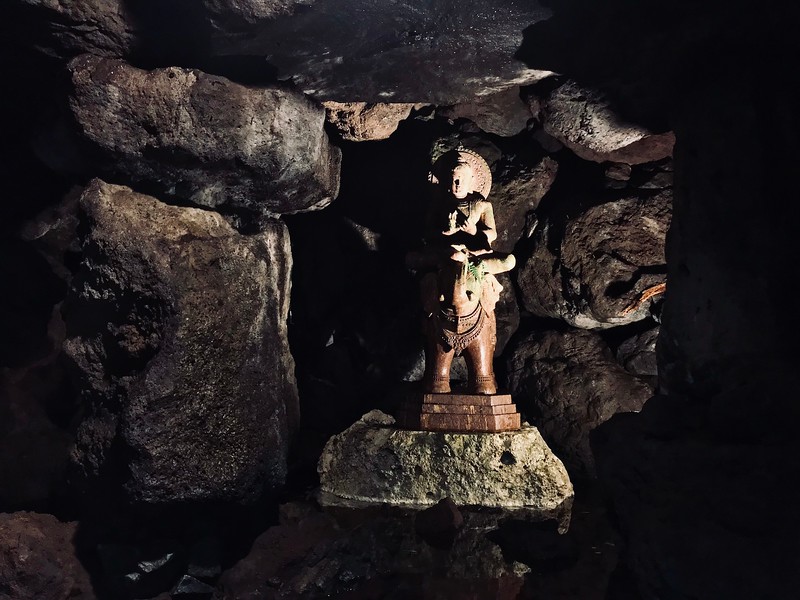
https://trulytokyo.com/a-day-trip-to-the-mt-fuji-area-lake-kawaguchiko
Don’t forget to explore the north side of the main building. Turn right as you exit and follow the path up into the forest. It’ll lead you to a mildly eerie, dimly-lit cave with a few statues inside – the source of the ice cold water streaming down the mountainside.
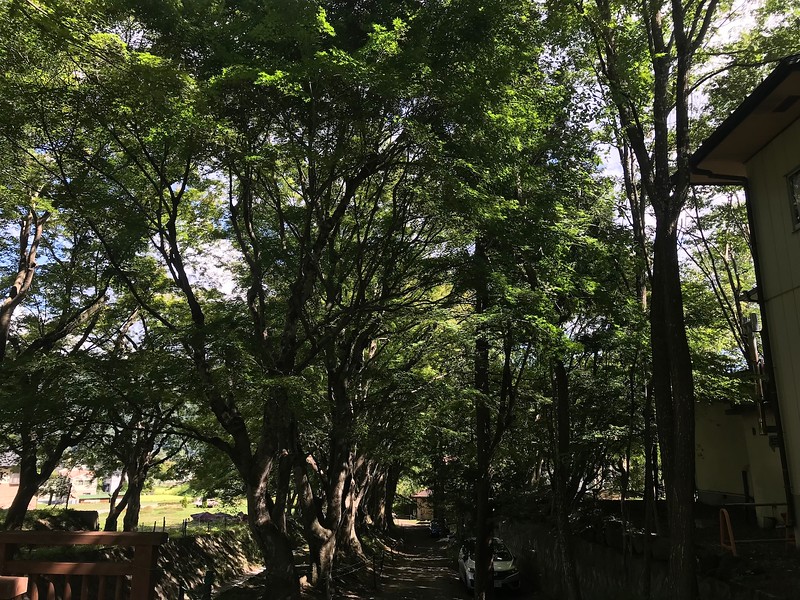
https://trulytokyo.com/a-day-trip-to-the-mt-fuji-area-lake-kawaguchiko
3:15pm Maple Corridor
After you’re finished with the museum, walk back to the main road, and through the Maple Corridor. It’s a short path flanked by maple trees on either side. It’s best visited in autumn for the fall foliage.
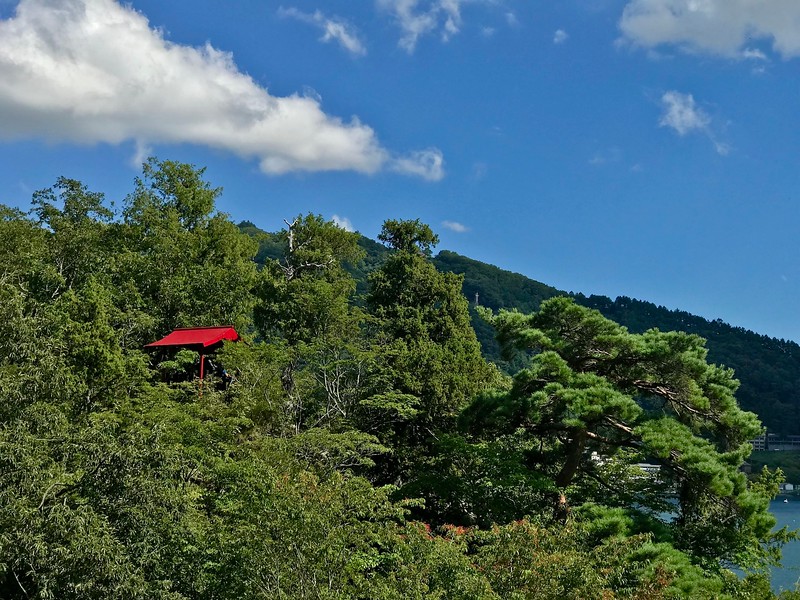
https://trulytokyo.com/a-day-trip-to-the-mt-fuji-area-lake-kawaguchiko
3:30pm Ubuyagasaki Cape and Crossing Kawaguchiko-ohashi Bridge
Make your way back out to the main road and back to the same bus stop from before (Stop 19). Alight at Stop 15. Cross the road, heading to the lakeside walking path. The views of the lake and Mt. Fuji are fabulous.
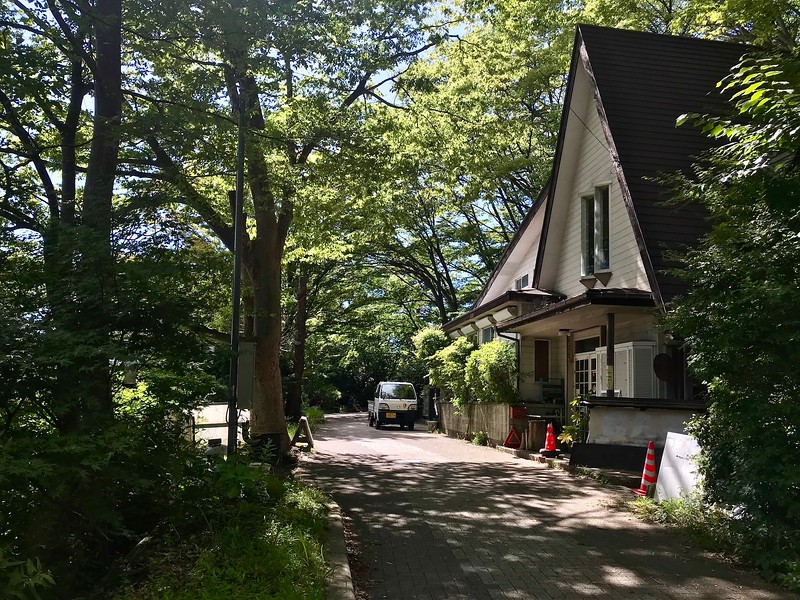
https://trulytokyo.com/a-day-trip-to-the-mt-fuji-area-lake-kawaguchiko
Follow the path, all the while skirting the edges of the lake. Turn into the canopied walking path.
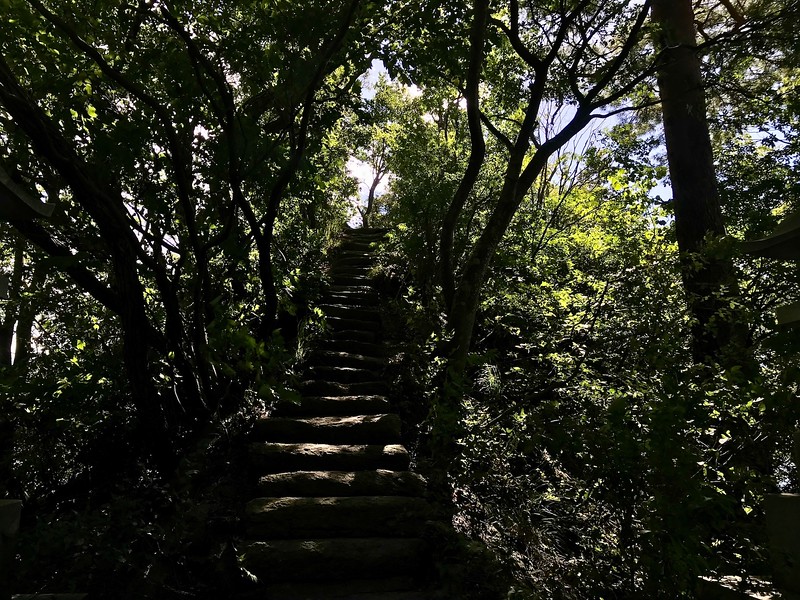
https://trulytokyo.com/a-day-trip-to-the-mt-fuji-area-lake-kawaguchiko
Further along, you’ll encounter a set of stone steps. Climb up.

https://trulytokyo.com/a-day-trip-to-the-mt-fuji-area-lake-kawaguchiko
You’re now on Ubuyagasaki Cape, where you’ll see another view of Mt. Fuji.
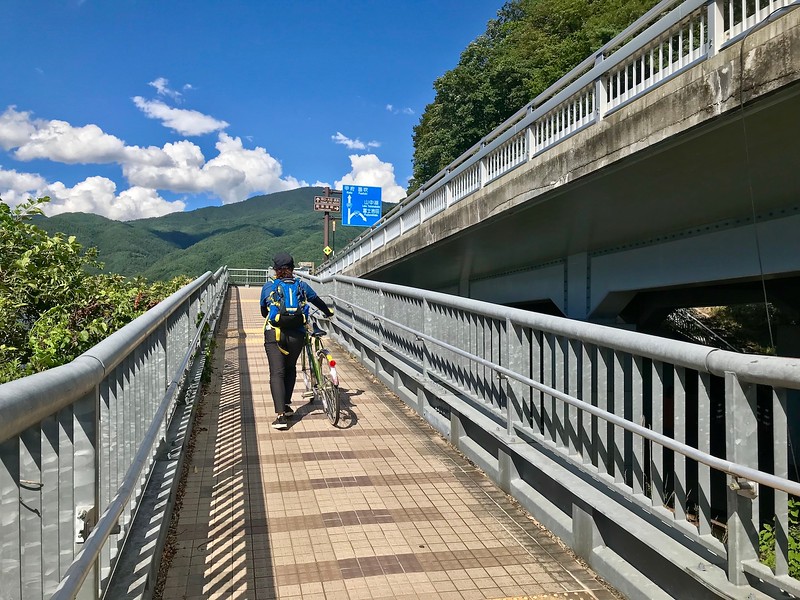
https://trulytokyo.com/a-day-trip-to-the-mt-fuji-area-lake-kawaguchiko
Go back down and find your way onto the bridge. Walk across to the other side of the lake. It’s a leisurely stroll that shouldn’t take more than 15 – 20 minutes. If it’s hot and sunny, we recommend parasols and plenty of water.
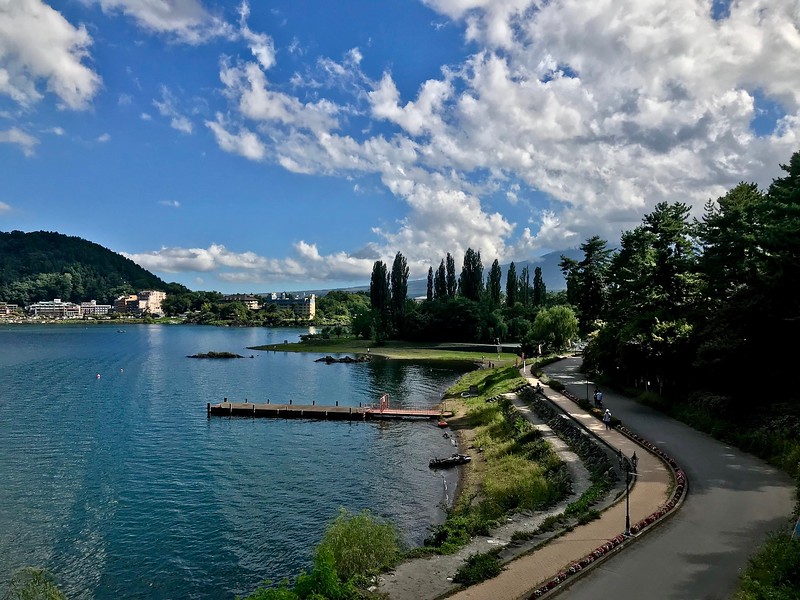
https://trulytokyo.com/a-day-trip-to-the-mt-fuji-area-lake-kawaguchiko
We recommend walking down to the lake shore after you reach the other side. Spend some time enjoying the waters – and the fabulous views.
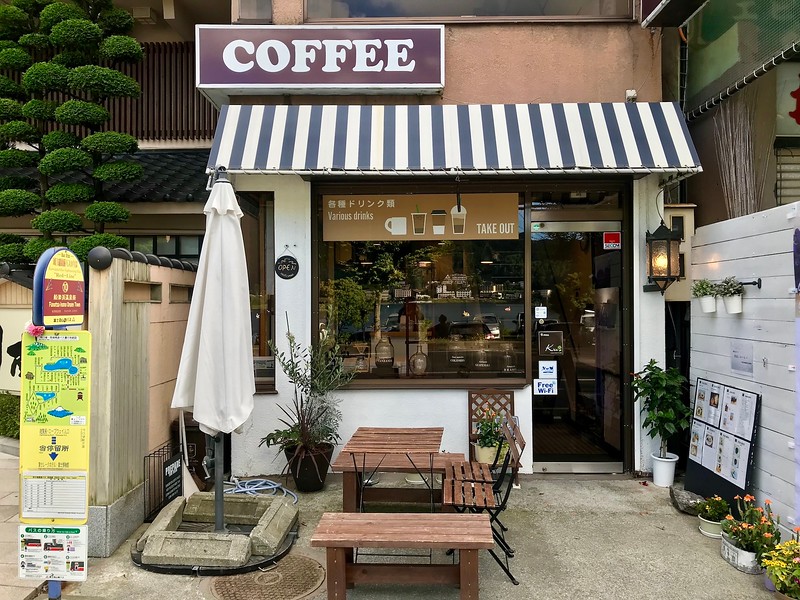
https://trulytokyo.com/a-day-trip-to-the-mt-fuji-area-lake-kawaguchiko
4:15pm Tea time
It’s time for a mid-afternoon pick-me-up. Find your way back to the main road from the lake shore. Turn left and walk up the road. The nearest stop is Stop 8, further up the road opposite the Yamanashi Gem Museum.
Ride the bus to Stop 10. Directly outside this bus stop opposite the road is a charming cafe with a frontal view of the lake – coffee and sweets.
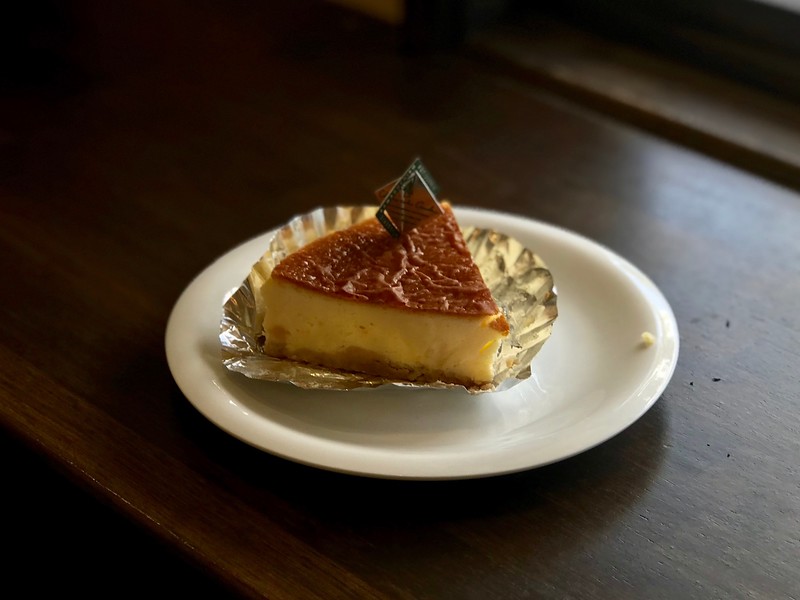
Alternatively, ride the bus to Stop 11. Walk back the direction the bus came in until you see Cheesecake Garden on your left across the road. As the name suggests, it’s all about the cheesecake. There are around a dozen different kinds of cheesecake available, and every slice comes with a free cup of coffee.
5:30pm Kawaguchiko Station
Mt. Fuji Area – Lake Kawaguchiko Day Trip Map
Head back to Kawaguchiko Station in time for your bus back to Shinjuku Station. Generally it’s best to time your arrival a little earlier than your intended departure time. Things can get a little chaotic around the bus stops, since traffic along the highway can cause bus delays. If that happens, it’s best to show the bus attendants your ticket every time a bus to Shinjuku appears.
View the full size version of our Lake Kawaguchiko map which has each of the places discussed above marked on it.
Climbing or Visiting Mount Fuji from Tokyo
For more information about climbing Mount Fuji or other ways to enjoy the area, read our Climbing Or Visiting Mount Fuji guide here.
Tokyo District Map
Click a Tokyo District for detailed info on attractions, places to eat and accommodation
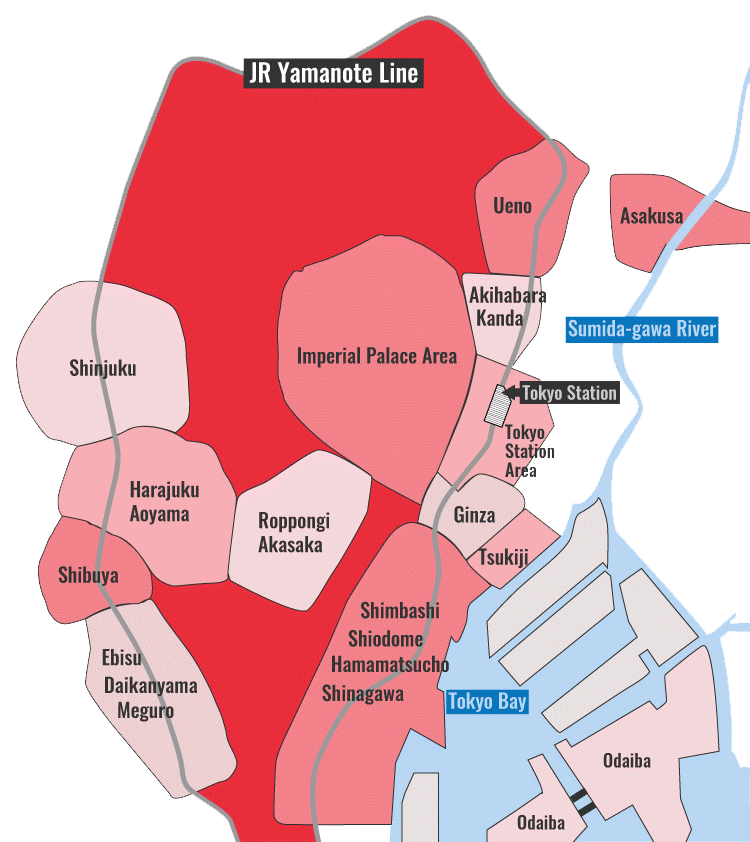
https://trulytokyo.com/a-day-trip-to-the-mt-fuji-area-lake-kawaguchiko
The story of Mount Kachikachi:Old tale Kachikachi Mountain
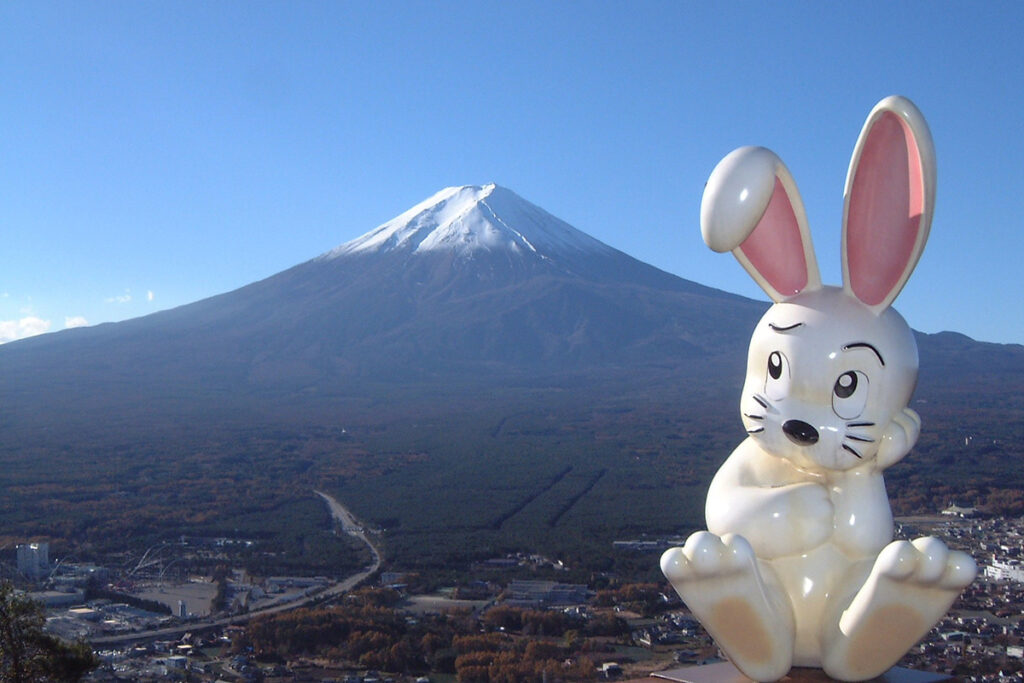
Do you remember the old story “Kachikachi Yama”?
Once upon a time, an old man caught a mischievous raccoon dog in the field. The old man returned home, and the old woman asked him to make raccoon soup, and went out to the field again.
However, while the old man was distracted, the raccoon dog tricked and killed the old woman, and made the old woman soup. The old man was tricked by the raccoon dog and ate the old woman soup.
When the old man found out, he cried bitterly. Unable to bear the sight of this, a rabbit came and began to take revenge on the old woman.
The rabbit set fire to the firewood the raccoon dog was carrying on its back, causing severe burns, rubbed mustard on the burns, invited the raccoon dog to go boating, and put it on a muddy boat that quickly sank (the rabbit is a wooden boat), drowning it and thus avenging the old woman.
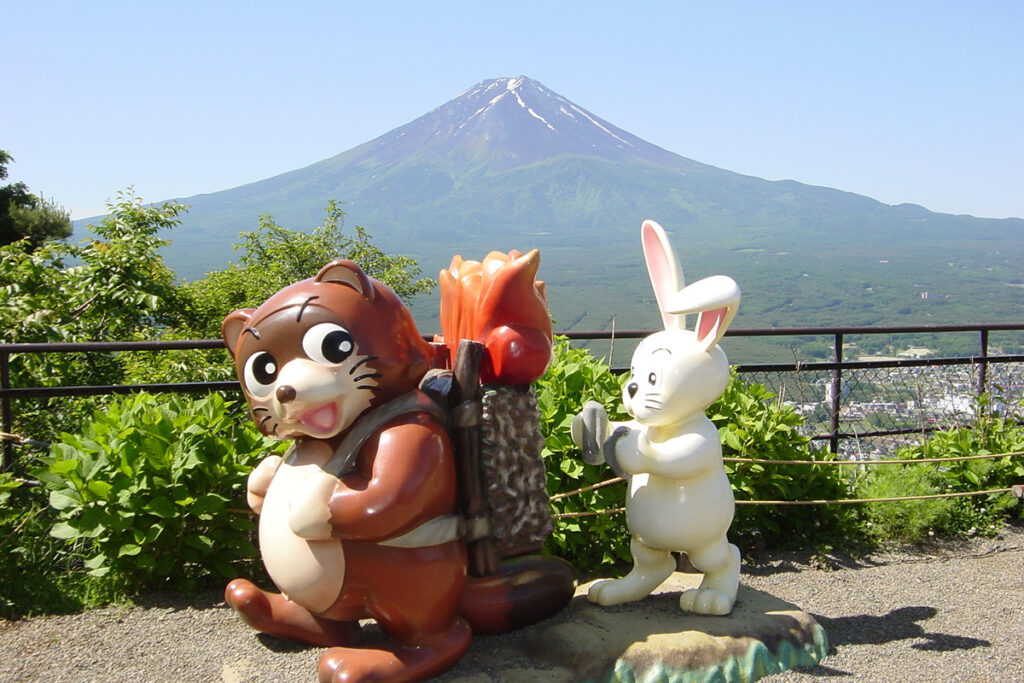
https://trulytokyo.com/a-day-trip-to-the-mt-fuji-area-lake-kawaguchiko
Mount Tenjo is said to be the setting for this old tale.
The exchange in the scene where the rabbit lights the firewood carried by the raccoon dog with a “kachikachi” sound is famous.
“Do you hear a clicking sound somewhere?” asks the raccoon dog.”That’s the Kachikachi bird on Mount Kachikachi” replies the rabbit.
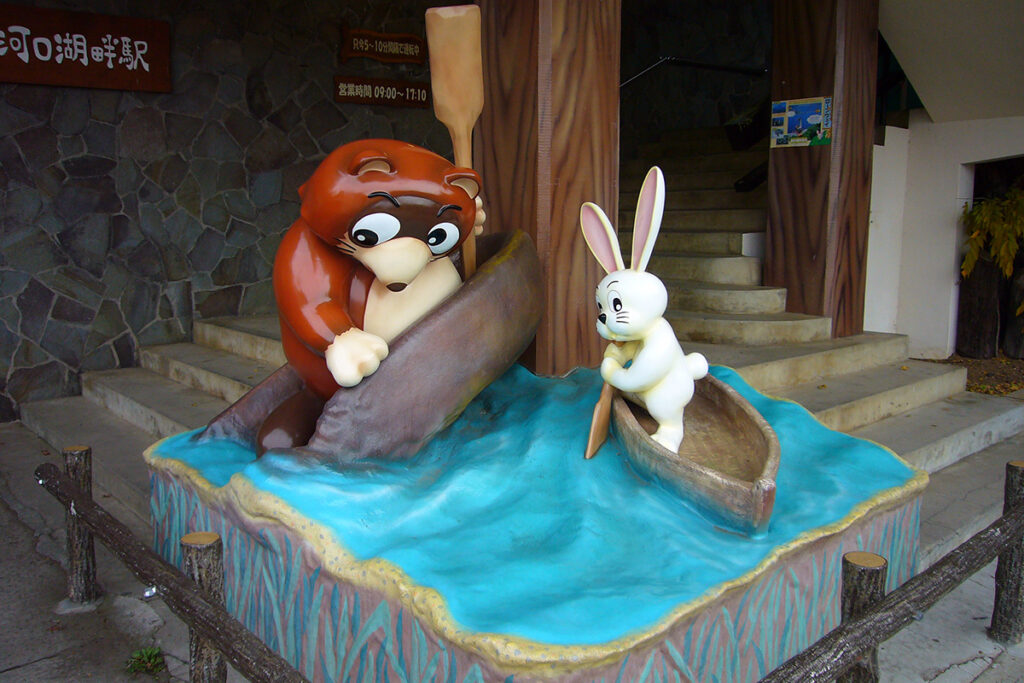
https://trulytokyo.com/a-day-trip-to-the-mt-fuji-area-lake-kawaguchiko
It is said that the raccoon dog with its back on fire ran down the cliff below the ropeway, screaming “Achichi”, and the raccoon dog in the mud boat sank to Lake Kawaguchi.
Still, the old tale “Kachikachiyama” is a bit cruel, isn’t it?
Tour the places associated with Dazai Osamu

Dazai Osamu, whose legal name was Tsushima Shuji, was born in Kitatsugaru-gun, Aomori Prefecture in 1909 (Meiji 42). During his time at Aomori Junior High School, he admired Akutagawa Ryunosuke (1892-1927) and aspired to a career in literature.
He published many works that denounced human hypocrisy with a self-deprecating yet exquisite narrative style, and after the war, he played the role of a rider of the Buraiha school of literature. His
main works include “Run, Meros” “No Longer Human” “Shayo,” and “Cherry Blossoms.”
In 1938 (Showa 13), at the age of 29, Dazai Osamu was invited by his mentor Ibuse Masuji (1898-1993) to stay at Tenka-chaya in Misaka Pass, Fujikawaguchiko Town, to heal his physical and mental fatigue.
Based on his experiences at this time, he wrote “One Hundred Views of Mount Fuji” and the novel “Kachikachiyama” (included in “Otogi Zoushi”).
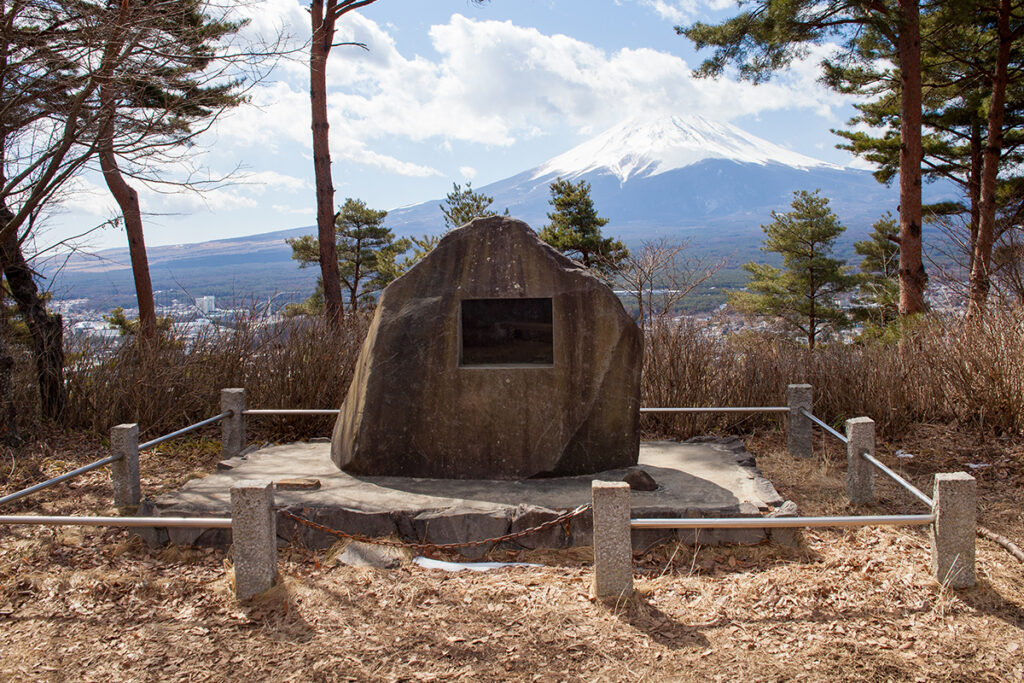
https://trulytokyo.com/a-day-trip-to-the-mt-fuji-area-lake-kawaguchiko
In Fujikawaguchiko Town, materials related to Dazai remain in the Literary Memorial Room (formerly the Dazai Osamu Literary Memorial Room) on the second floor of Tenka-chaya, where Dazai stayed, and nearby is a literary monument that reads, “Evening primroses look good on Mt. Fuji” (from “One Hundred Views of Mt. Fuji”).
Also, at Nakaba-daira, halfway up Mount Tenjo, there is a literary monument that reads, “What’s wrong with falling in love?” (from “Mt. Kachi-kachi”).
It takes about 30 minutes by car to reach Tenka-chaya at Misaka Pass, but it is only about 20 minutes down the promenade to reach Nakaba-daira.
Why not surrender yourself to the slow flow of time and the rich nature as you descend the mountain, remembering Mr. Dazai in his days?
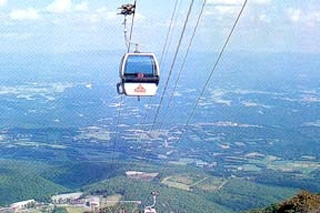
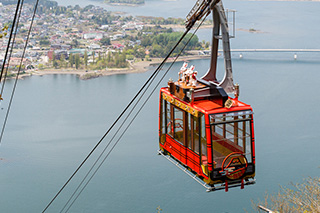
https://trulytokyo.com/a-day-trip-to-the-mt-fuji-area-lake-kawaguchiko
How the ropeway works
A ropeway is a “cross-type” ropeway that uses thick ropes called “stay ropes” instead of railroad tracks and raises and lowers two gondolas with thin ropes called “towing ropes” and “balance ropes.”
In contrast, the lifts and gondola lifts seen at ski resorts use a system called ”



